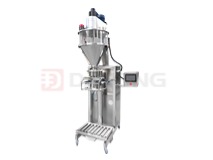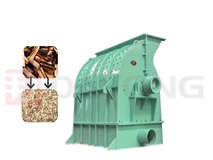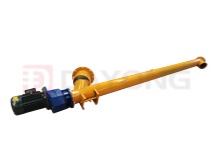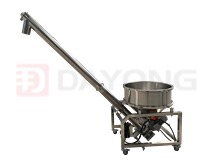Shaftless screw conveyor is a new type of transportation machinery that has emerged in recent years. It adopts a central shaft design and a unique structure. It is mainly composed of a motor, reducer, mechanical seal, flexible shaftless spiral body, U-shaped groove and protective bushing. ,Other supporting accessories include legs, cover plates, end caps and flanges, etc.

1. Working principle
The shaftless screw conveyor is driven by a motor to operate a cycloidal reducer. The mechanical seal shaft and the connecting plate on the shaftless spiral body are driven to make the screw rotate. When the sludge is discharged to the feed port at the upper part of the U-shaped trough, That is, the sludge is discharged from the discharge port at the lower part of the U-shaped trough through screw transmission. During work, the sludge is like a non-moving nut, while the shaftless spiral is like a rotating bolt. The continuous rotation of the bolt can drive the nut to move from one end to the other. A horizontally installed shaftless screw conveyor can simultaneously collect the sludge processed by two filter presses and a centrifuge and transport it to the next process.
2. Advantages of shaftless screw conveyors in practical applications
Compared with belt conveyor
(1) Since the U-shaped trough, legs, cover and other components are made of stainless steel, it has a beautiful appearance, compact structure and small footprint.
(2) The overall structure is relatively simple and has few parts. The U-shaped groove adopts segmented flange connection to facilitate the replacement and maintenance of the internal bushing. Therefore, the operation of the whole machine is safe and reliable, and the maintenance is convenient. Since the shaftless spiral body and U-shaped groove protective bushing where friction occurs are made of highly wear-resistant materials, and the spiral speed is low, there is little wear, long service life, and low maintenance costs.
(3) If the dehydrated sludge accidentally falls into the feed port, it will not cause scattering or leakage, and will not pollute the environment. In addition, since the upper part of the U-shaped trough is equipped with a cover plate, the transportation process is basically a closed transportation, so it can effectively reduce indoor odor.
(4) During normal operation, there is basically no maintenance or adjustment required, which can effectively reduce the labor intensity of operators.





 (Live chat)
(Live chat)
_213x160.jpg)




 +86-15136770681
+86-15136770681 sale@vibratingscreen.cc
sale@vibratingscreen.cc +86-373-3669006
+86-373-3669006 From West Room 5, 1st Floor, Building 18, Huilong Yangguang Mingyuan, New District, Xinxiang, Henan, China (Mainland).
From West Room 5, 1st Floor, Building 18, Huilong Yangguang Mingyuan, New District, Xinxiang, Henan, China (Mainland). Your Position:
Your Position:



